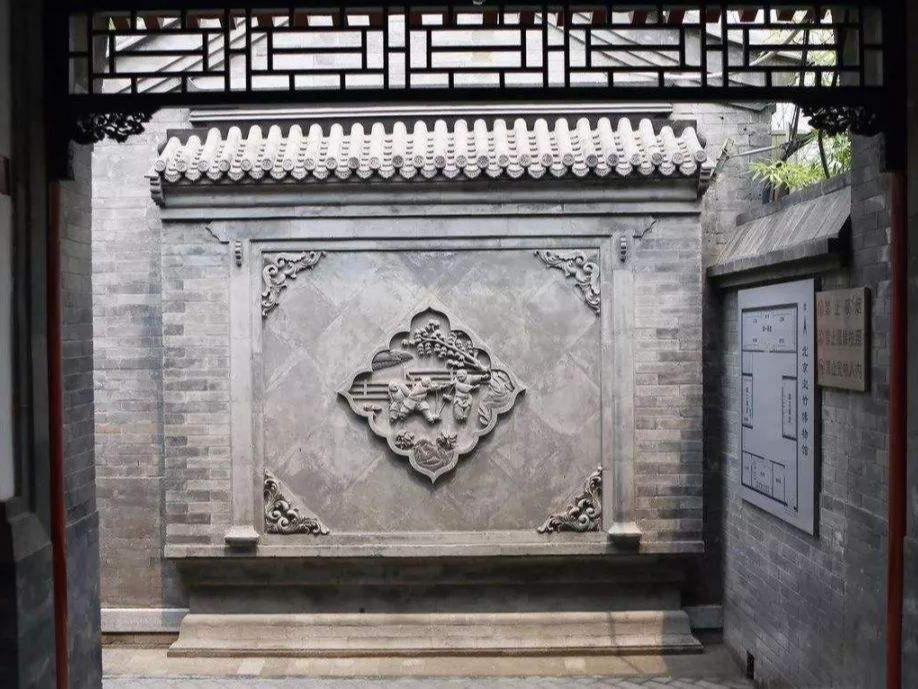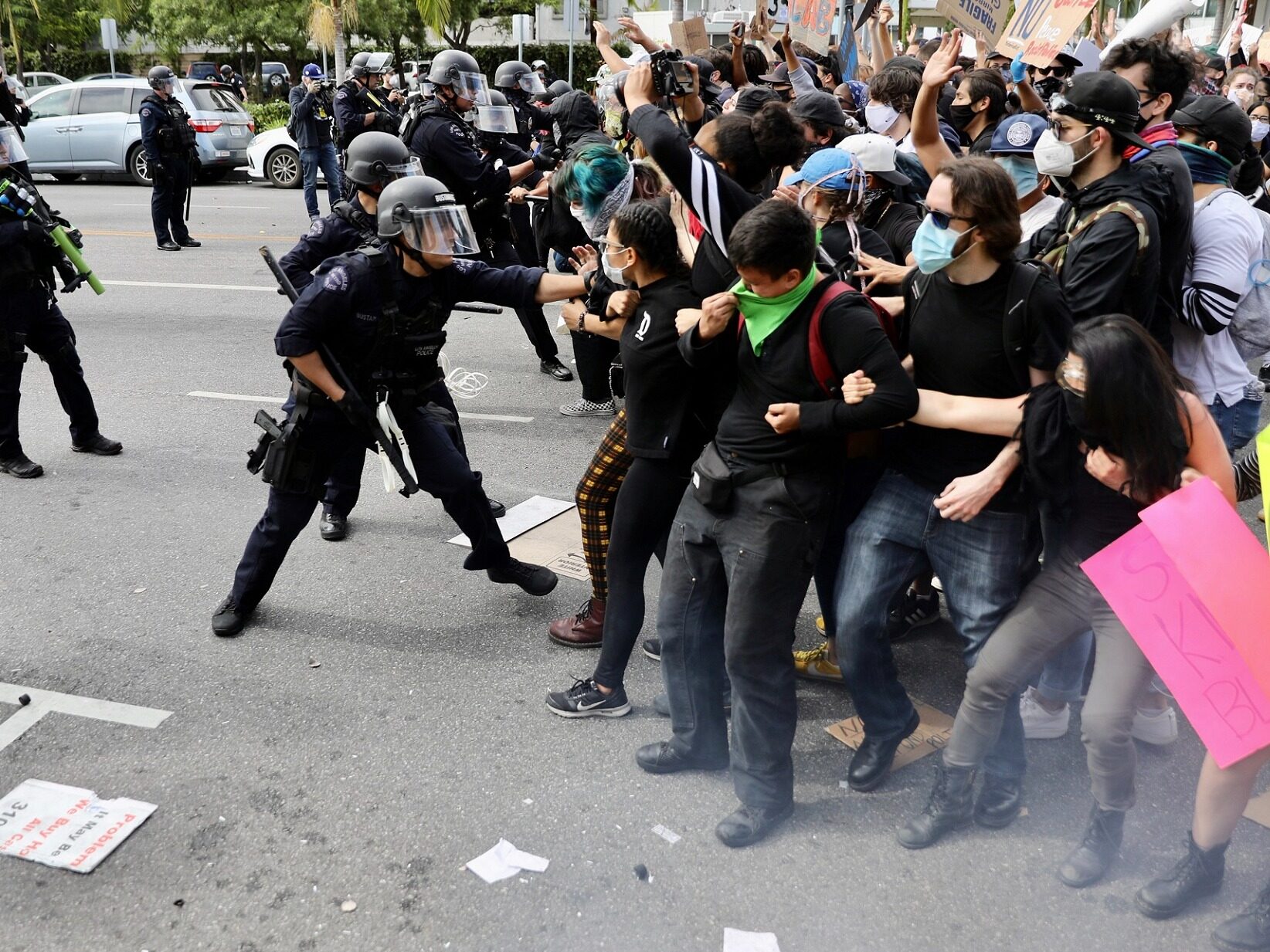- The entrance to the modern house decoration is the evolution of the role of the ancient Xiaoqiang

Xiaoqiang is inside the gate of the ancient monarch’s palace (some say it is outside the gate), and the low wall facing the gate is also known as the plug gate and the screen. The position and function of the Xiaoqiang can be well understood by the idiom.




The character Xiao Congsu means solemnity, solemnity, and silence. Ancient courtiers waited in front of Xiaoqiang. Yifan had to be straightforward and tidy his clothes before he could see the king. Later, Xiaoqiang was widely used in the private sector. From an architectural perspective, the opening of the middle door was easy to smash, and the problem was solved by adding barriers to block it. So that the hallway at the entrance of modern house decoration is also a variant of the role of Xiaoqiang.




Shadow wall is also called Zhaobi. It is a wall used to block the line of sight in traditional Chinese architecture. It is usually made of bricks and consists of three parts: seat, body, and roof.
The name of the shadow wall is determined according to the location and plane form. There are mountain shadow walls, one-character shadow walls, eight-character shadow walls and Pishan shadow walls. In the courtyard buildings in the north, the shadow wall is standard. Most of the shadow walls are carved with glass and masonry, and there are also solid stone or wooden shadow walls, which are extremely rare. Editor/He Yuting
Comment
 Praise
Praise
 Collect
Collect
 Comment
Comment
 Search
Search














Write something~